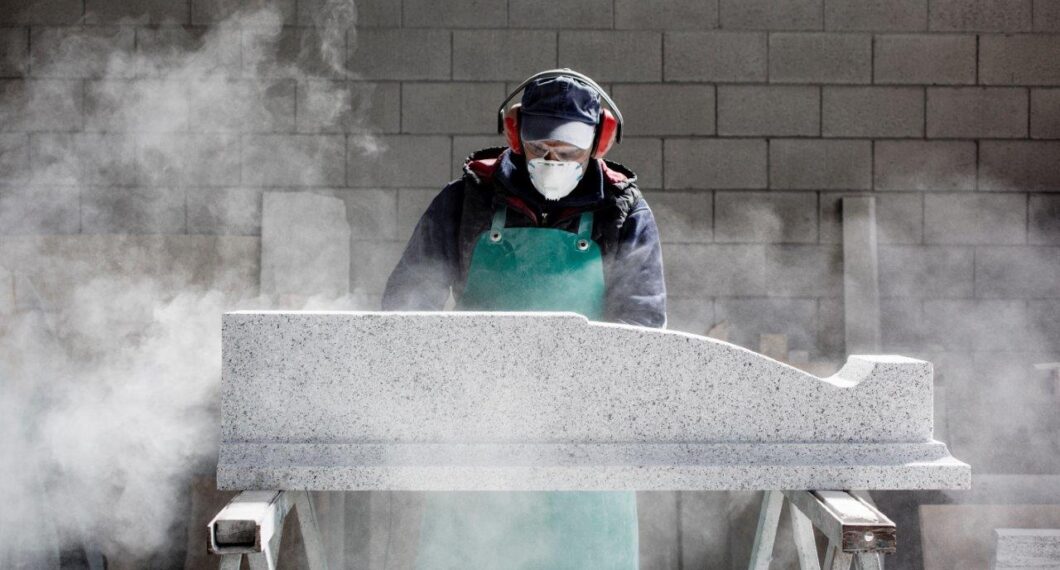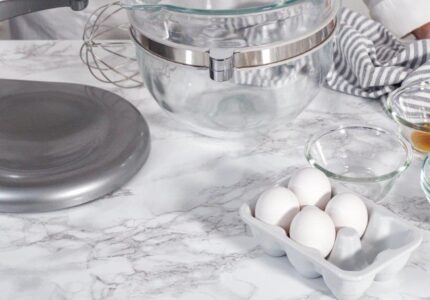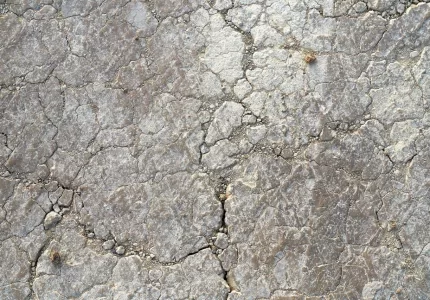The Essence of Granite
Granite, a hallmark of strength and durability, has been a cornerstone in construction and design for millennia. This igneous rock, formed from the cooling and solidifying of magma deep beneath the Earth’s surface, is renowned not only for its toughness but also for its varied and beautiful patterns. Each piece of granite tells a unique geological story, making it a favorite among architects, designers, and homeowners alike.
Historical Significance
From the ancient pyramids of Egypt to the rugged grandeur of Roman architecture, granite has played a pivotal role in numerous civilizations across the globe. Its ability to withstand the elements has made it a material of choice for monuments that have stood the test of time.
Example from History: Consider the imposing figure of Mount Rushmore in the United States, where the faces of four U.S. presidents are sculpted from a granite cliff, showcasing the material’s suitability for intricate and enduring works.

Properties and Composition
Granite’s impressive durability can be attributed to its mineral composition, typically a mix of quartz, feldspar, and mica, among others. These minerals give granite its hardness and resistance to abrasion, factors that are crucial for surfaces subjected to high wear and tear.
Personal Insight: In my two decades of fabricating granite, I’ve seen firsthand how this material can endure heavy kitchen use without so much as a scratch, underscoring its practicality in high-traffic areas.
Aesthetic Versatility
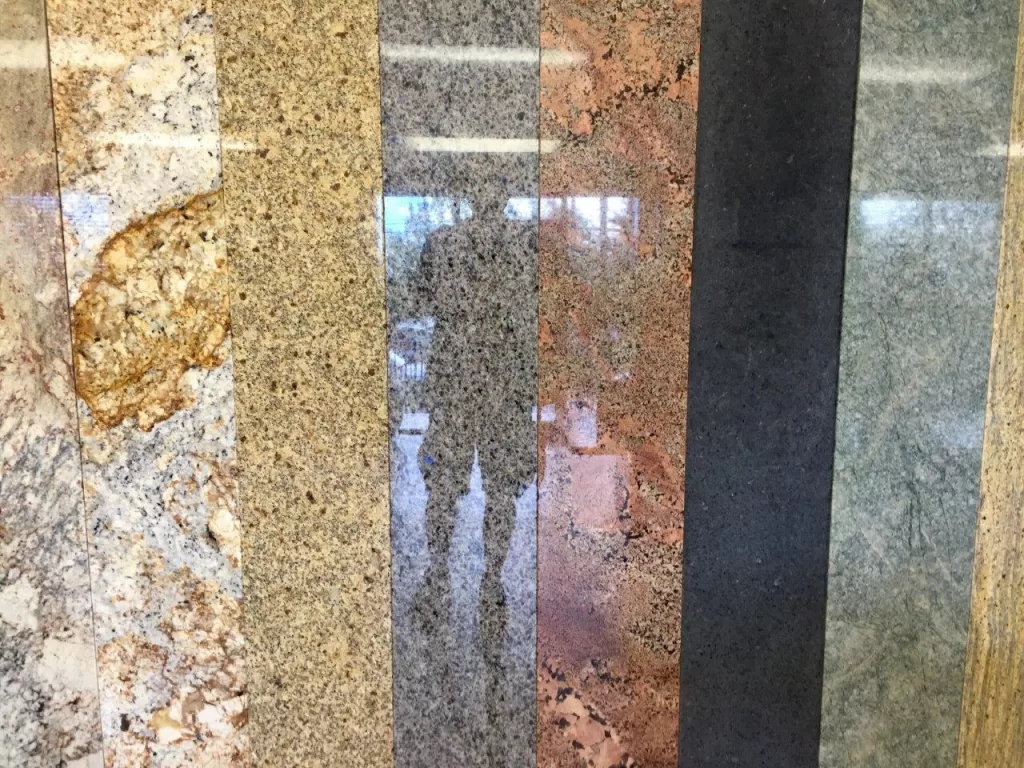
Granite is not just chosen for its durability but also for its aesthetic versatility. Available in a range of colors, from subtle beiges to deep blues, and featuring unique veining, granite can complement any interior design theme.
Example from Design: A recent client chose a speckled blue granite countertop that became the centerpiece of their modern kitchen, demonstrating how a single element can elevate a space’s design.
Practical Implementation, Areas of Utilization, and Benefits
Installation Techniques
Proper installation is key to maximizing the lifespan and appearance of granite surfaces. It involves precise cutting, fitting, and finishing—tasks that should be handled by professionals to ensure perfection.
Installation Tip: Always ensure that your granite is properly sealed after installation. This simple step can protect it from stains and moisture, thereby extending its life.
Where to Use Granite
- Kitchens and Bathrooms: Its resistance to heat and easy cleanup make granite ideal for countertops, islands, and vanity tops.
- Flooring: For entryways or high-traffic areas, granite flooring can offer unparalleled durability and grandeur.
- Outdoor Applications: Its natural resistance to weathering makes it perfect for outdoor kitchen countertops or as cladding for exterior walls.
Real-Life Application: One of my projects involved installing granite flooring in a high-end boutique where the owner desired a luxurious yet durable surface. Years later, that flooring stands just as pristine as the day it was installed.
Benefits of Choosing Granite
- Longevity: Granite’s longevity makes it a cost-effective choice in the long run. Unlike other materials that might degrade or fade, granite maintains its integrity and appearance over decades.
- Increase in Property Value: Homes with granite installations often see an increase in market value, making it a wise investment.
- Low Maintenance Needs: Once sealed, granite requires minimal upkeep—usually just some mild cleaning to keep it looking new.
Practical Tip: For daily cleaning, avoid acidic cleaners; mild soap and water will do the trick.
Opting for granite is choosing a legacy of durability, beauty, and timeless elegance. Whether you’re remodeling a kitchen, upgrading a bathroom, or laying a new floor, granite offers a perfect synthesis of form and function, bringing a touch of eternity to any space.
Advanced Granite Care Tips and Modern Architectural Uses
Granite Care Tips for Longevity
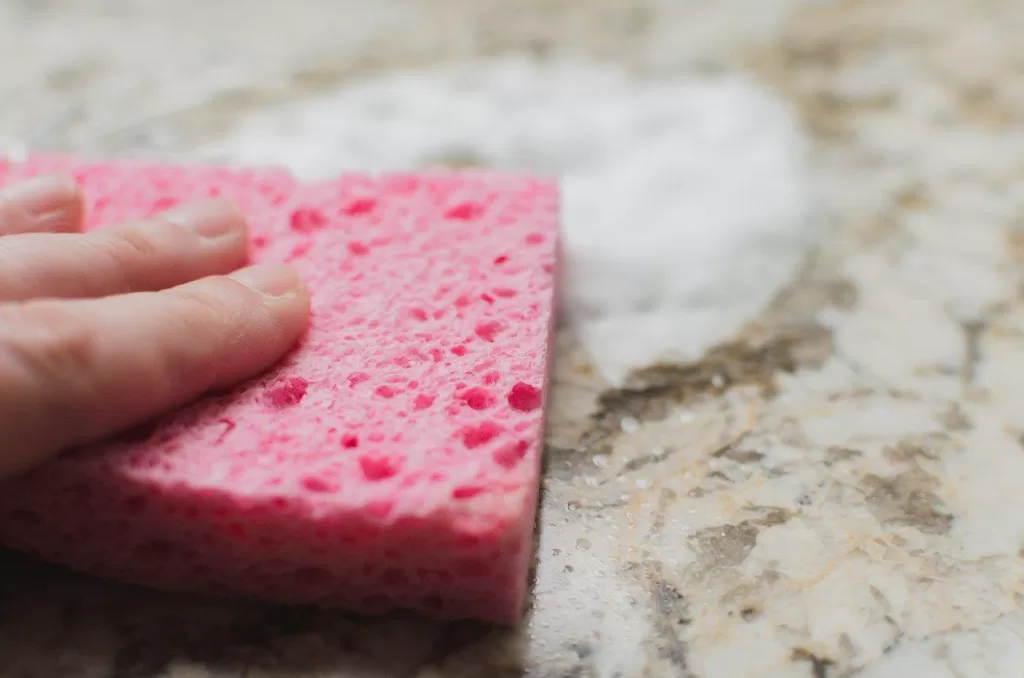
Proper care of granite ensures its beauty and functionality for years to come. Here are some advanced tips for maintaining your granite installations:
Sealing Granite
- Frequency and Products: Granite should be sealed at least once a year using a quality sealer designed for natural stone. This helps prevent staining and moisture absorption.
- Application Process: Clean the surface thoroughly before application. Apply the sealer evenly, allow it to penetrate the surface for 10-15 minutes, then wipe off any excess with a clean cloth.
Cleaning Practices
- Daily Cleaning: Use a soft cloth and warm water for daily wipes. For deeper cleaning, use a pH-neutral cleaner specifically designed for natural stone.
- Avoiding Damage: Never use harsh chemicals, acidic cleaners, or abrasive scrubbing tools, as these can etch the granite surface and degrade the sealer.
Managing Spills and Stains
- Immediate Action: Blot spills immediately with a paper towel; don’t wipe, as this can spread the spill.
- Stain Removal: For oil-based stains, use a poultice made from baking soda and water. Apply it over the stain, cover with plastic wrap, and tape down the edges. Leave it for 24-48 hours before cleaning off.
Utilization of Granite in Modern Architecture
Granite is not only used for countertops and flooring but also plays a significant role in contemporary architecture and design.
Building Facades
- Durability and Aesthetics: Granite’s natural aesthetics and enduring qualities make it an excellent choice for exterior facades. It withstands severe weather conditions without deteriorating, maintaining the building’s aesthetic integrity over decades.
- Example: Many modern corporate buildings utilize granite for their exteriors, combining it with glass for a visually striking and highly durable facade.
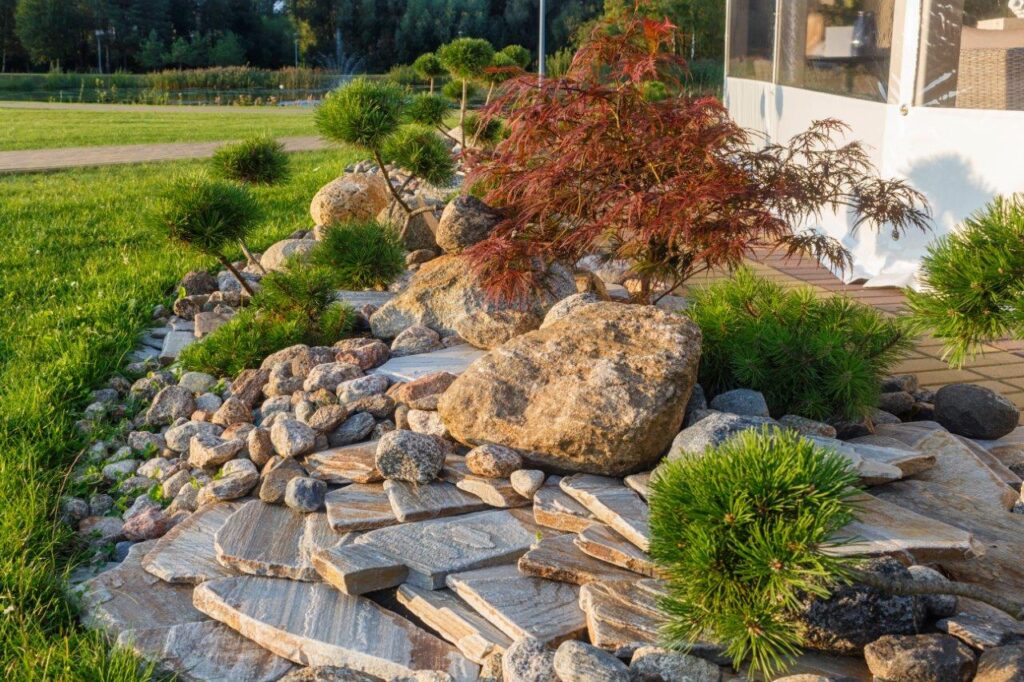
Innovative Uses
Artistic Features: Designers and architects use granite in sculptures and water features because of its visual appeal and resistance to weathering.
Landscaping: Beyond building structures, granite is used in landscaping as paving stones, curbing, and as an architectural accent in gardens and patios.
Eco-Friendly Aspect
- Sustainability: Using granite supports sustainable architecture due to its longevity and minimal need for replacement or maintenance, reducing the environmental impact over the building’s lifecycle.
Benefits of Using Granite in Modern Designs
- Visual Impact: Granite adds elegance and a sense of permanence to any space, whether in large slabs or as decorative tiles.
- Versatility: It can be incorporated into a variety of architectural styles, from ultra-modern to rustic.
- Value Addition: Buildings with granite installations often see an increase in their value due to the material’s prestige and durability.
The use of granite in modern architecture extends far beyond traditional applications, reflecting both an appreciation for its natural beauty and a commitment to sustainability. Properly maintained granite not only enhances the aesthetic of any space but also ensures that this investment continues to pay dividends in durability and style for years to come.

